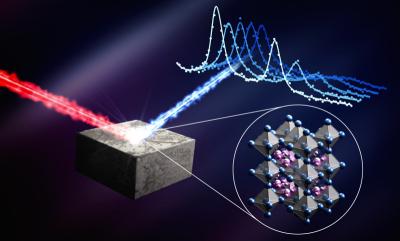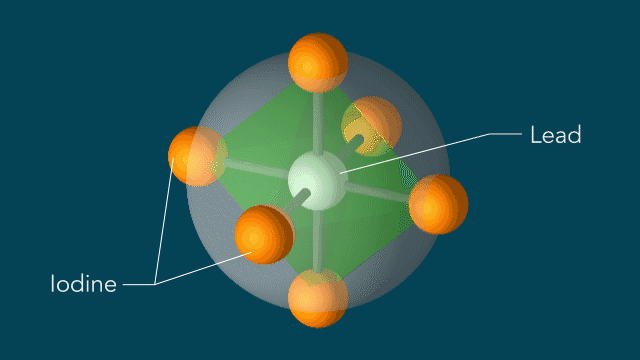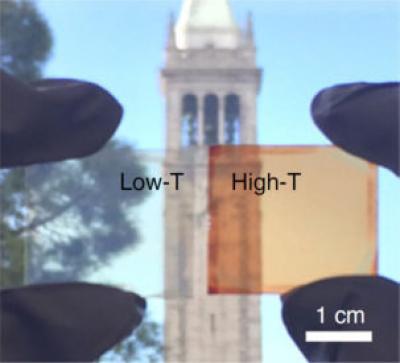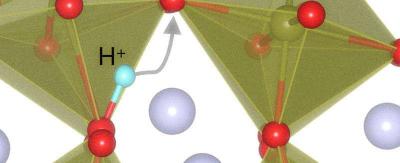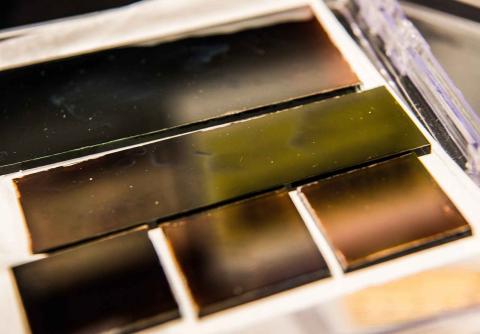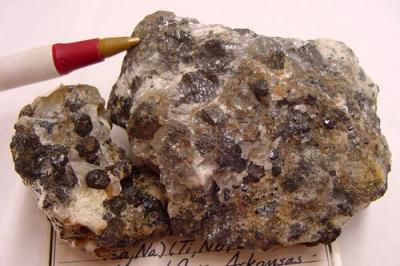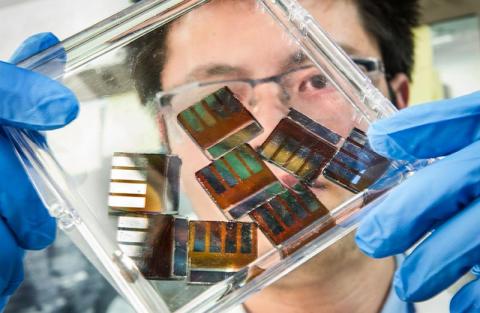DoE announces $130 Million for early-stage solar research project
The U.S. Department of Energy (DOE) announced funding of up to $130 million for new research to advance early-stage solar technologies.
This funding program targets five research areas: photovoltaics (PV), concentrating solar-thermal power (CSP), soft costs reduction, innovations in manufacturing, and solar systems integration. These projects will aim to make solar energy more affordable, reliable, and secure, while working to boost domestic solar manufacturing, reduce red tape, and make PV more resilient to cyberattack.
